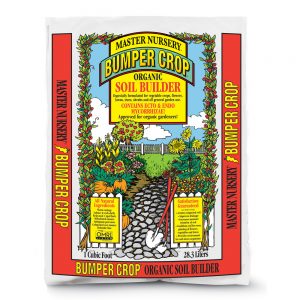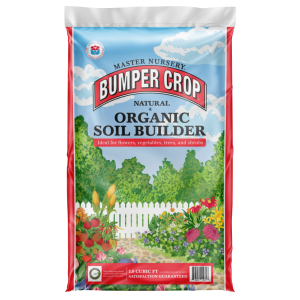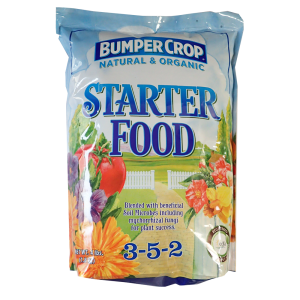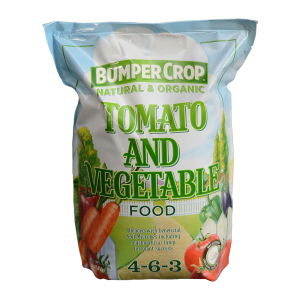The bare root plant is one of the best-kept secrets in gardening! Bare root plants are woody trees and shrubs, herbaceous ornamental perennials, and even vegetables that are dug, stored, and sold while dormant. They are offered, sans soil and pots, with their (bare) roots exposed.
Bare Root Benefits
There are many benefits of going the bare root route instead of potted plant stock!
- Better Value
- Larger Selection
- Healthier Plant
- Bigger Root System
- Easier Planted
- Earlier Planted
- Quicker Establishment
- Faster Growing
Bare root plants cost up to 50% less than the same size plant sold in a pot. There is substantially less labor involved in getting the product to market. Bare root plants are convenient for the grower to store, lightweight for shipping, and do not employ soil or containers. These savings are passed on to the consumer.
Bare Root Fruits
Many ornamental plants are sold bare root; roses are an excellent example. Fruit trees and strawberries, however, tend to be the two most popular edibles offered this way.
Strawberries
At first sight, bare root strawberry plants can look a little scary. Here are a few tips to give you confidence.
- Bare root strawberries are available in early spring and should be planted immediately after purchase.
- Examine plants to ensure the foliage is intact, and the root system looks healthy. There should be no presence of mold or foul odors.
- A well-prepared site is critical! Select a full sun location. Amend the planting site soil deeply with a generous amount of Master Nursery® Bumper Crop® Soil Builder [Eastern & Midwestern Regions | Western Region] or Master Nursery® Bumper Crop® Soil Conditioner [Western Region]
- Work Master Nursery® Bumper Crop® Tomato and Vegetable Food into the prepared bed following the recommended rate on the packaging.
- Rehydrate plants. Soak just the strawberry roots in a shallow bucket of fresh water for about 20 minutes.
- Dig planting holes 18 inches apart, as deep as the roots are long.
- Spread the root out in the hole and backfill it with the amended soil. Be sure to keep the crown, the central point from which the leaves radiate, at the soil level.
- Water newly planted strawberries immediately and deeply.
- Mulch with salt hay or straw to help retain soil moisture.
Fruit Trees
There couldn’t be a more convenient and successful way to plant a fruit tree than bare root. Here’s how it’s done.
- Like strawberry plants, bare root fruit trees are available in early spring and should be planted immediately after purchase.
- Store bare root fruit trees in a cool, dry environment until ready to plant.
- Select a full sun site large enough for your fruit tree to fully mature.
- Unwrap the tree and gently untangle the roots.
- To rehydrate, soak tree roots, just the roots, in a bucket of fresh water for 3 – 6 hours.
- While the tree is soaking, dig a hole at least 3 feet wide at approximately the same depth as the tree was growing before being bare-rooted. The differential color line on the tree trunk will determine the planting depth. The darker portion was underground before uprooting. If the tree has been grafted, the graft should remain 2 inches above the soil level.
- Mix the excavated soil with a generous amount of Master Nursery® Bumper Crop® Soil Builder [Eastern & Midwestern Regions | Western Region] or Master Nursery® Bumper Crop® Soil Conditioner [Western Region] and create a mound in the planting hole.
- Following the instructions on the product packaging, mix Master Nursery® Bumper Crop® Starter Food with the backfill soil to give the tree a good start.
- Place the tree roots on the mound in the planting hole at the correct depth, spreading the roots over the mound. Backfill with the amended soil, gently firming as you do to remove any air pockets.
- Create a “saucer” with the extra soil, which will help direct water to the root zone and water the plant deeply.
- Mulch to retain soil moisture.
Wait and be amazed! Whether planting strawberries or fruit trees, you will begin to see signs of life in about a month to 6 weeks. However, be prepared; bare root planting is so easy and affordable that it may become an addiction.
Need more gardening inspiration? Click here.








